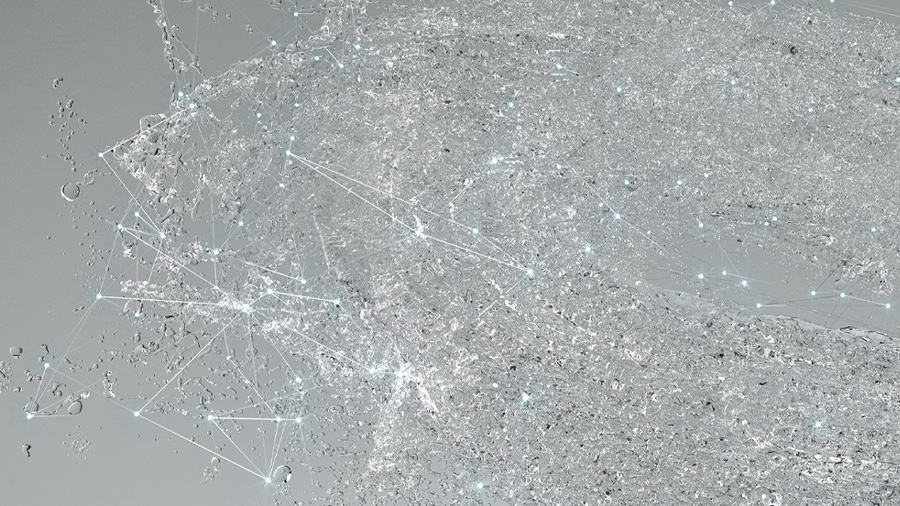In eastern Finland, the city of Joensuu is home to 76,000 people. The local municipal wastewater treatment plant (WWTP) was designed to process loads of 76,000 PE a day, but the actual load is closer to 86,000 PE due to surrounding towns and industry, including a large dairy company. This level of load variability has made it difficult for the plant to keep a good balance in the biological treatment step and to control oxygen demand. It has also caused issues with runaway sludge.
Finnish wastewater treatment plant ups capacity with online analytics
If you work in wastewater treatment (or any water-intensive industry), you know load variability takes a toll on capacity, efficiency, compliance and costs. The situation in Joensuu was unsustainable, so the plant had a choice to make – increase capacity or find a way to squeeze more from their current site. They opted to delay capital expenditures and instead collaborated with Kemira to find efficiencies.
Predicting the unpredictable
When the team at the Joensuu WWTP told us they were struggling with overloading, we knew that new technology could help. What was once unpredictable is now easy to forecast thanks to advances in data collection and digitalization.
Our advanced water treatment expert, Jussi Ruotsalainen, realized right away that a digital solution with predictive analytics would be a big win for the plant. He suggested KemConnect PT, a smart platform that can reliably predict load variation to stabilize wastewater treatment in the primary stage.
“With KemConnect PT, automatic performance analysis is part of the setup. It optimizes the chemical dose based on the incoming load variations and how the chemical conditioning enhances the performance. In the background, the algorithms are essentially simulating the full-scale process. That means operators can know results about 40 minutes in advance vs 400 minutes in full-scale. This allows proactive optimizations,” Jussi says.
He hypothesized that improving the performance of Joensuu’s primary treatment would make processes run more smoothly in all the steps that follow. He was right. After implementing KemConnect PT, there were fewer total suspended solids (TSS) and less biological oxygen demand (BOD). Importantly, the plant’s sludge issues were resolved, allowing them to reliably deliver clean water. They were also able to improve nitrogen removal by increased aeration capacity.
Efficiency and sustainability
At Kemira, we view advanced water treatment as a way that cities like Joensuu can support the United Nations Sustainable Development Goals (SDGs) like SDG 6, the goal of clean water for all. While people may naturally think of drinking water when they think of clean water for all, anyone in the water treatment business knows all water is connected. Wastewater treatment is an essential part of maintaining aquatic ecosystems and ensuring that also drinking water is safe.
The Joensuu plant made significant energy efficiency improvements as aeration energy capacity increased by 10-20% and generated 10% more biogas from waste after implementing KemConnect PT.
But wastewater treatment plants must do more than make sure water is clean. Managing resources in a responsible way is a big part of the job. Plant managers track energy use, chemical use, waste and costs. The Joensuu plant made significant energy efficiency improvements as aeration energy capacity increased by 10-20% and generated 10% more biogas from waste after implementing KemConnect PT. They were also able to optimize their use of wastewater treatment chemistry. Kemira’s Toni Kettunen, an account manager who supports the Joensuu plant, says, “One of the biggest benefits of our digital solution is better coagulant consumption efficiency thanks to a more stabilized process.”
These achievements are additional proof that water treatment and sustainability go hand in hand. Efficient wastewater treatment links particularly well to SDG 12, which is about responsible production and consumption or what some call the circular economy. It’s about reducing waste and finding ways to reuse, recycle and extend the life of the resources we take from the Earth, and returning them responsibly back to nature for renewal when we’re done.
At Kemira, we believe that water treatment contributes to the circular economy in several ways, and we’re proud that our recent collaboration with Joensuu serves as an example. In fact, when you consider that KemConnect PT has helped the Joensuu plant increase the capacity of its existing site rather than building a bigger plant that, too, is an example of the circular economy in action. They made a sustainable choice by improving efficiency and extending the life of their existing assets.
Full visibility 24/7
With Kemira KemConnect PT, the Joensuu plant finally has the visibility it needs to manage load variability, chemistry, and the many other variables that affect plant performance. KemConnect PT constantly gathers data and delivers up-to-date insights 24/7 so the team can make better decisions, troubleshoot faster, and continuously identify opportunities for improvement.
If you would like to improve the efficiency and sustainability of your WWTP, we invite you to read more about KemConnect solutions for advanced water treatment.

Primary treatment
Kemira KemConnect™ PT is an automated solution to optimize the chemical pre-treatment process, enabling various downstream efficiency improvements.
